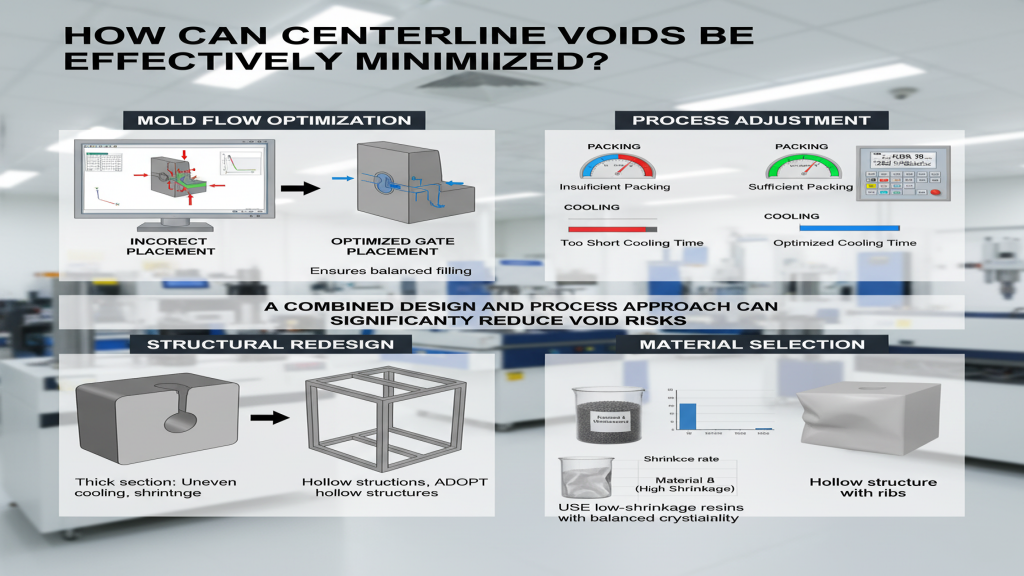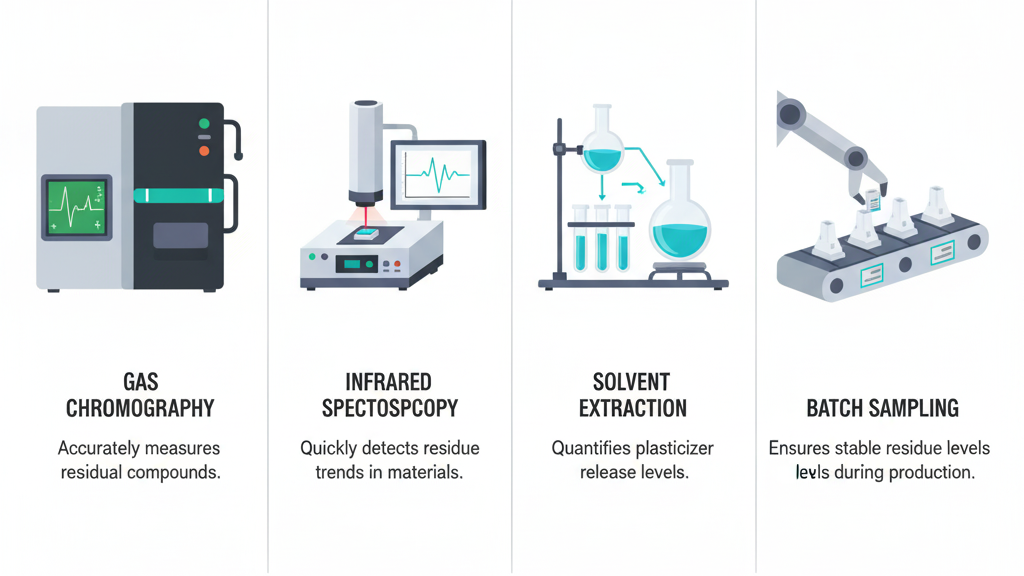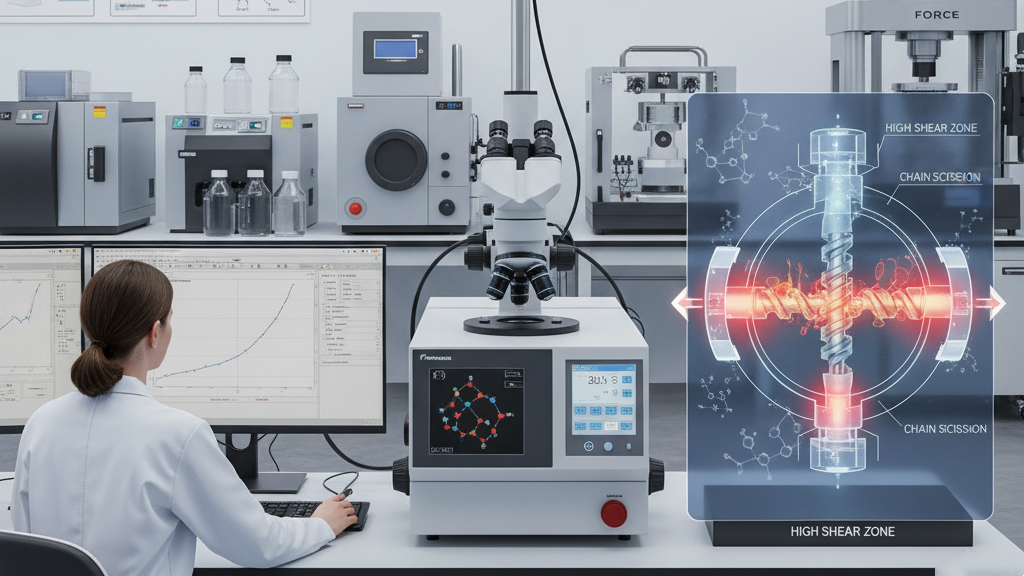
Transparent materials play a crucial role in many fields, with traditional materials such as glass and polycarbonate dominating for a long time. However, the demand for lightweight, high strength, and cost-effectiveness has driven the exploration of new materials. Transparent polypropylene sheets, as an emerging option, are receiving increasing attention. This article will analyze from a professional perspective the differences, advantages, and disadvantages between transparent polypropylene and traditional materials, and assess the feasibility of replacing traditional materials in various applications.
Transparent polypropylene has advantages in terms of lightweight and chemical resistance. The application potential of the material also depends on its processing characteristics and actual environmental performance. Next, we will focus on examining the processing technology of transparent polypropylene sheets and analyze the actual feasibility of replacing traditional materials in different application fields.
Performance Differences Between Transparent Polypropylene and Traditional Transparent Materials?

As an emerging transparent material, the physical and optical properties of transparent polypropylene sheets are of great interest. In-depth analysis of its characteristic differences in light transmittance, strength, and weather resistance compared to traditional transparent materials such as glass, polycarbonate, and acrylic helps to evaluate its potential application value.
- Light Transmittance: The light transmittance of transparent polypropylene is generally lower than that of glass and acrylic, comparable to polycarbonate, but may have slightly lower optical clarity.
- Strength: The strength and impact resistance of transparent polypropylene are significantly lower than those of glass and polycarbonate, and the surface hardness is also lower.
- Weather Resistance: Transparent polypropylene has poor weather resistance and is susceptible to UV aging, usually requiring the addition of stabilizers.
- Other Property Differences: Transparent polypropylene has the lowest density, good chemical resistance, is easy to process, and has relatively low cost.
Processing and Cost Advantages of Transparent Polypropylene?

Transparent polypropylene sheets exhibit unique potential in terms of processing and cost-effectiveness. Comparing its differences with traditional transparent materials in production processes, molding methods, and final application costs can more clearly assess its market competitiveness.
- Production Process: The production process of transparent polypropylene is relatively simple and efficient, suitable for various molding methods.
- Molding Methods and Costs: Transparent polypropylene offers diverse molding processes, and mold costs are typically relatively low.
- Raw Material Costs: As a commodity plastic, the raw material cost of transparent polypropylene is usually lower than that of engineering plastics and special glass.
- Final Application Cost: In some applications, transparent polypropylene's cost and lightweight advantages may result in lower final application costs.
Application Potential of Transparent Polypropylene in Various Fields?

Transparent polypropylene sheets exhibit varying degrees of suitability in different application areas. Assessing its potential to meet or exceed the requirements of traditional transparent materials in fields such as construction, automotive, electronic displays, and packaging requires an in-depth analysis of its inherent advantages and non-negligible limitations.
- Construction Field: In the construction field, transparent polypropylene may be suitable for non-load-bearing or decorative transparent components due to its lightweight and cost advantages, but strength and weather resistance are major limitations.
- Automotive Field: The lightweight and easy-to-process characteristics of transparent polypropylene make it potentially suitable for automotive interior parts and some non-critical transparent components, but scratch resistance and weather resistance still need to be improved.
- Electronic Display Field: Transparent polypropylene may be difficult to meet the requirements of high-end electronic displays in terms of optical performance and heat resistance, but it may have application space in cost-sensitive and less demanding areas.
- Packaging Field: Transparent polypropylene has certain advantages in the transparent packaging field due to its good chemical resistance and low cost, but its transparency and barrier properties need to be evaluated according to specific applications.
Substitution analysis of transparent polypropylene sheet
| Property | Transparent PP (PP) | Glass (Glass) | Polycarbonate (PC) | Acrylic (PMMA) | Substitutability (General) | Potential Advantages | Potential Disadvantages |
|---|---|---|---|---|---|---|---|
| Light Trans. | 80-90% | Over 90% | Approx. 88% | Approx. 92% | Medium | Potentially lower optical clarity | |
| Strength | Lower | High (Brittle) | Extremely High | Better than Glass (Scratch-prone) | Low | Lightweight | Insufficient strength |
| Impact Resist. | Lower (Worse at Low Temp.) | Low | Extremely High | Better than Glass | Low | Brittle/Insufficient impact resistance | |
| Weatherability | Poor (Easy to Age) | Excellent | Good (Yellows Easily) | Excellent | Low | Insufficient weatherability | |
| Density | Lowest | Highest | Medium | Lower | Medium | Lightweight | |
| Chem. Resist. | Good | Good | Poor (Some Chem.) | Medium | Medium | Chemical corrosion resistance | |
| Processability | Excellent (Diverse) | Poor (Difficult to Reprocess) | Good | Good | High | Easy to mold | |
| Cost | Lowest | Medium | Higher | Medium | High | Cost advantage | |
| Applications | Packaging, Some Building Materials, Auto Interior, etc. | Building, Optics, Household, etc. | Security, Automotive, Electronics, etc. | Display, Lighting, Household, etc. | Cost, Lightweight | Performance limitations |
Substitution Prospects for Transparent Polypropylene
Transparent polypropylene sheets are expected to achieve significant breakthroughs in modification technologies. To achieve large-scale substitution of traditional transparent materials, transparent polypropylene still needs to overcome some of its inherent limitations, such as insufficient surface hardness and relatively poor high-temperature performance, which requires continuous innovation in materials science and processing technology.
1.Performance Enhancement: Advances in modification technology will significantly enhance the key properties of transparent polypropylene.
2.Process Optimization: Advanced processing will enable higher quality and more efficient production.
3.Functional Expansion: Integrating smart technologies will endow the material with more application value.
4.Environmental Upgrade: Sustainable solutions will enhance its environmental image and market position.
Conclusion
Transparent polypropylene sheets possess the potential to substitute traditional transparent materials in certain fields due to their cost and lightweight advantages. However, there are still gaps compared to traditional materials in terms of light transmittance, strength, and weather resistance. The substitution capability of transparent polypropylene will depend on its comprehensive performance in terms of performance, cost, and application requirements.
For expert assistance in implementing for your production needs, visit our resource center or contact us. Let’s help you scale up your manufacturing with precision and efficiency!







